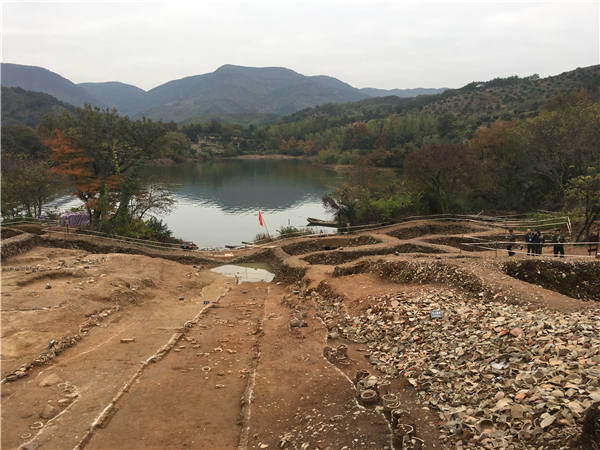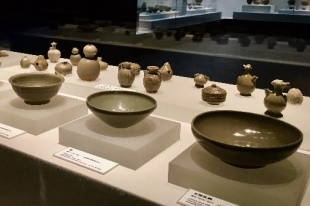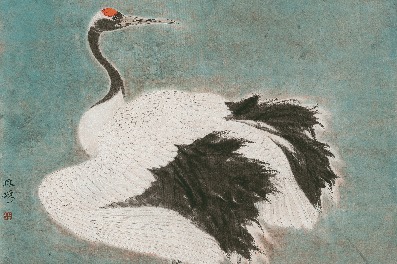Porcelain base Shanglin Lake turns new corner


New challenges
The State Administration of Cultural Heritage first released the national archaeological park list in 2010, which now includes 36 sites. In China, how to balance urban construction and archaeology was once a bothering question, but such parks seem to offer a new solution.
"Archaeological sites play an important role in urban development as cultural symbols," says Wu Chun, a director in charge of management of Daminggong site in Xi'an, Shaanxi province. The site has remains of royal palaces of the Tang Dynasty.
"The parks are places to make full use of social efforts to promote knowledge about cultural relics among members of the public, and better protect such sites," she says.
For Song Xinchao, deputy director of the State Administration of Cultural Heritage, the archaeological park is a way to echo President Xi Jinping's initiative to revitalize China's "sleeping cultural heritage", which he has reiterated in speeches over the past few years.
"The protection of archaeological sites is not an obstacle but a helpful way to promote tourism and lift the economy as a whole," Song says.
However, he pointed out the importance of making academic research and protection a priority and warned of a potential trend of overwhelming tourism development.
"The park doesn't have to be huge, but it must be well-planned and have its own characteristics," he says. "Archaeology should always be regular activity in the park, no matter how it's applied."
Yuanmingyuan Park (the Old Summer Palace) in Beijing, one of the 36 listed national-level parks, opened some of its ongoing archaeological works to visitors earlier this year, which was widely hailed as good practice. At the Shanglin Lake site, an area will also be reserved for follow-up excavations.
"Still, an archaeological park is a new concept for the public," says Zheng, the researcher from Zhejiang. "We'd better get more people involved."
Contact the writer at wangkaihao@chinadaily.com.cn





































